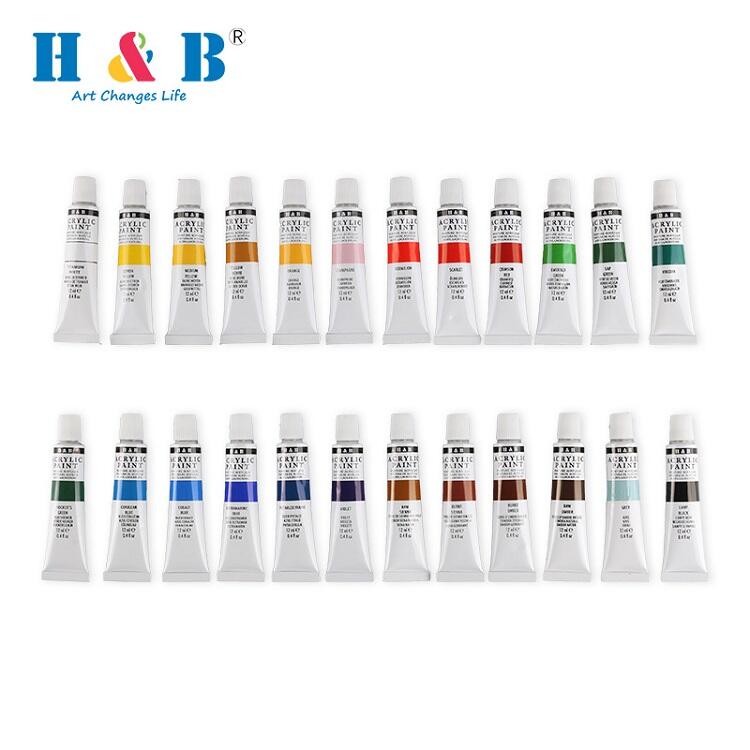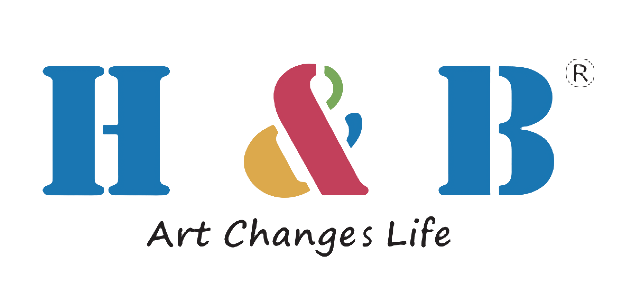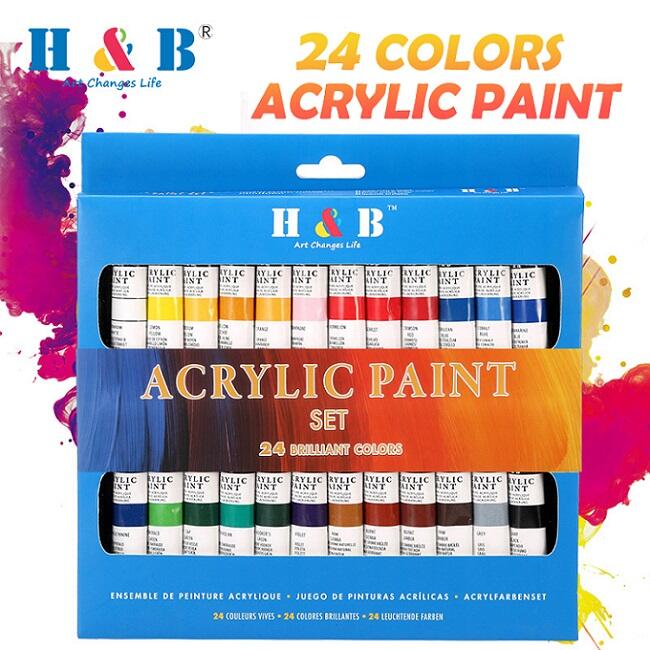The Science of Color: How Paint Influences Creative Thinking
Warm Hues and Their Impact on Focus and Innovation
Colors such as red, orange, and yellow really affect how we think creatively because they bring out energy and excitement. People generally connect these shades with life force and they tend to lift moods while making folks feel more inventive. When spaces incorporate warm tones, many find themselves able to concentrate better and get into their work or projects more fully. Take red for example it actually raises heart rates and gets the body going, which makes most people feel more awake and driven. And when someone feels motivated like that, ideas start flowing faster and creativity kicks into high gear naturally.
Warm colors affect our psychology because they're so visible and tend to put people in a more active mindset. These bright shades naturally grab attention when we see them around us, which makes us want to respond or act somehow. What's interesting is how these colors actually energize spaces, making them great for places where creativity needs to happen. Think about those brainstorming meetings or design thinking workshops - warm tones really help get ideas flowing. When companies start adding warm colors to office spaces, something happens. The atmosphere becomes livelier, and employees seem to come up with better solutions. People aren't just sitting there passively anymore; they're engaged and ready to tackle problems in new ways.
Nature-Inspired Greens: Fostering Growth and Open-Mindedness
Green colors inspired by nature tend to calm people down and help them think more openly when working on creative projects. Green is connected to the outdoors, symbolizing both growth and balance in life. Studies have shown that being around green tones actually lifts moods and makes our brains more adaptable. This kind of mental flexibility matters a lot for coming up with creative solutions to problems. When someone's brain is flexible like that, they can look at issues from different angles and come up with ideas that might not occur to others. That's why many artists and designers incorporate green into their workspaces.
Adding some green tones to office spaces actually helps people work together better and come up with fresh ideas. Green colors remind us of forests and grasslands, which naturally makes folks feel relaxed enough to think outside the box. A research team found back in 2012 that looking at green stuff before starting creative tasks boosts imagination levels according to their findings in the Personality and Social Psychology Bulletin. So when picking out paint colors for meeting rooms or creative hubs, going with greens that resemble forest leaves or springtime meadows creates just the right vibe for those brainstorming sessions where wild ideas tend to pop up unexpectedly.

Emotional and Cognitive Benefits of Artistic Expression with Paint
Stress Reduction and Mental Clarity Through Painting
Painting isn't just something fun to do on weekends – it actually works wonders for reducing stress and anxiety levels. People who paint regularly often feel happier and think more clearly after sessions. The act of creating art somehow quiets racing thoughts and brings a sense of peace. When someone gets into their creative groove, parts of the brain light up that are associated with pleasure and satisfaction. That's why so many find painting to be such a great way to deal with tough emotions. Instead of letting worries build up inside, brush strokes transform frustration into something beautiful. Many artists describe how their canvases become visual journals of what's going on in their heads at any given moment.
Enhancing Problem-Solving Skills via Creative Exploration
When someone picks up a brush for creative painting, they're actually training their brain to think differently about problems. Trying out all sorts of styles and materials helps stretch those mental muscles and builds better problem solving skills over time. Research on creativity shows that getting hands dirty with paint actually makes people better at analyzing situations because they learn through doing rather than just reading about it. The act of creating art opens doors to new ways of looking at things that most folks wouldn't normally consider. Beyond developing artistic talent, regular painting sessions teach practical skills that apply across many areas of life, making each session feel like stepping stones toward bigger discoveries and fresh ideas.
Paintâs Role in Developmental Growth and Creativity
Building Fine Motor Skills and Spatial Awareness in Children
Getting kids involved with painting really helps them develop those important small muscle movements and get better at understanding space around them. Little ones who hold paintbrushes and move them around are actually working on those hand muscles needed later for things like holding pencils or sketching out thoughts. These skills matter a lot during those early years because without them, other kinds of learning just don't click quite right. Painting also does wonders for how kids see the world spatially. When they play around with placing different shapes together or mix colors to create new ones, something happens inside their heads about size relationships and where things fit in relation to each other. Watch any child work on a canvas and you'll notice they start grasping concepts about big versus small, near versus far, all while having fun expressing themselves creatively.
Social Development Through Collaborative Art Projects
When kids get involved in collaborative art projects, it opens up lots of chances for them to grow socially. Group painting sessions teach little ones how to work together, share materials, and talk things out when opinions differ. Art projects give children space to show what's inside them while being part of something bigger than themselves, which helps build that special feeling we all need - belonging somewhere creative. Working side by side towards completing a mural or sculpture means kids actually listen to each other's ideas during those messy middle stages where paint gets everywhere. Studies have found that regular participation in joint art activities really does boost kids' talking abilities, something parents will notice at dinner tables around town as conversations become more interesting over time.

Practical Strategies for Harnessing Paintâs Creative Potential
Color Therapy Techniques for Creative Stimulation
Color therapy works pretty well for lifting moods and sparking creativity, something backed by solid psychology research. People who try things like visualizing colors or doing themed paintings often find their creative juices flowing better than before. Take blue and green tones for instance they tend to bring calmness while reds and oranges really get the energy going and spark ideas. Having different colors around the workspace makes a big difference too. Most artists will tell you that surrounding yourself with varied hues creates just the right atmosphere for coming up with new stuff. Beyond just feeling good, working with colors actually stretches what we're capable of creatively, which explains why so many painters swear by their color palettes when trying to break through creative blocks.
Daily Creative Exercises Using Various Painting Mediums
Getting into the habit of painting every day really helps spark creativity because it keeps pushing boundaries and trying new things. When someone mixes up their materials - maybe switching between acrylics, watercolors, or even going digital - they tend to learn all sorts of new tricks and come up with unexpected ideas. Watercolors have this lovely way of flowing together that makes people want to play around with colors, whereas acrylics let artists go wild with bright, punchy colors. Setting aside regular time for art doesn't just build discipline, it actually grows confidence too. Most artists find that after sticking with it for a while, their skills get better and better. And as techniques improve, space opens up for those crazy creative thoughts and real progress happens in their work.
FAQ
What colors enhance creativity?
Warm colors like red, orange, and yellow are known to enhance creativity by boosting energy and enthusiasm. Nature-inspired greens also foster growth and open-mindedness, aiding in creative problem-solving.
How does painting reduce stress?
Painting activates the brain's reward pathways, leading to positive emotional responses and mental clarity. It provides an outlet for expressing emotions, thereby reducing stress and anxiety.
In what ways can painting foster social development in children?
Collaborative art projects encourage teamwork, sharing, and communication, promoting empathy and improved ability to relate to others.


